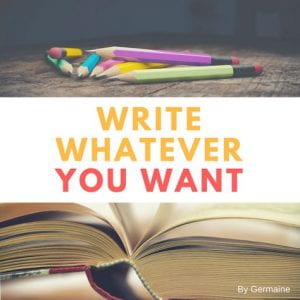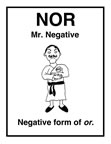Opinion Essay Writing – Gene-Editing Essay
I wanted to help you out with your essay project, so here I am going to outline your process and the structure your essay will take.
The Process:
- The research is important. The Newsela articles will give you some information on the issue of Gene-Editing. I’ve added some articles to help you understand the history of eugenics, which is what we called ‘playing with genetics’ before gene-editing at the DNA level was possible. You read one set or both sets of articles to get an understanding of the issue.
- As you read, you will ask yourself the foundational question: Will this technology be good for society or bad for society? Should we continue to explore it? Should that exploration include home gene-editing kits that anyone can use? Should there be restrictions on the kinds of genes we want edited? Should we limit this technology in any way?
- When you have an opinion on the topic, you are ready to gather your supporting evidence from the Newsela articles. Let’s say you think gene-editing is awesome and everyone should be allowed to play with it, you start to gather facts and ideas from the articles to support your ideas.
- You may decide that you have several reasons for your opinion (I’m just pretending here, so please excuse my humour). a) It can help eliminate disease. b) People will get the designer babies they really want. d) If people want to create viruses in their basements, that’s their business.
- Once you have your a) opinion b) reasons, you are c) READY!
The Structure: Introductory paragraph, body paragraphs, and concluding paragraph.
- Introduction or Paragraph 1: You introduce the topic of Gene-Editing. Your first sentence should draw your reader in. The paragraph should clearly outline what Gene-Editing is. Use the technical terminology you learned when reading the Newsela articles. This paragraph is also where you tell the reader that you are going to give your opinion and back it with reasons. And you actually state your opinion clearly; that’s the thesis. I do/do not think gene-editing is a good idea. I think gene-editing is a good idea but only if . . . . . (and so on). You can use better wording/vocabulary than this, but you get the idea.
- Paragraph 2: This is reason #1 (see above). The first sentence is a topic sentence. For example: “We have many deadly diseases in our world and having the ability to eliminate them would be beneficial to all.” After you state your reason, you need to use the evidence you got from the Newsela articles as support for your reasoning. Was there evidence showing how the tech can be used safely to eliminate disease? Use it here. Write a few sentences that contain facts to support your idea. That’s why we read the articles.
- Paragraph 3: This is reason #2 (see above). Topic sentence goes first. Then supporting evidence makes up the next few sentences in the paragraph.
- Paragraph 4: This is reason #3 (see above). Again, you have your topic/reason for your opinion as your topic sentence. Then your supporting evidence.
- Paragraph 5: In this paragraph, you conclude. You remind your reader of the topic and your opinion. You restate your opinion clearly. Try to change the wording of your thesis but make sure you say it clearly. “Gene-editing will be a positive addition to our medical and scientific technology.” Most opinion essays have a “Call to Action.” That means you ask your reader to do something, consider something, change some behaviour, or just think about something. For example: “Let’s speak out in favour . . . . ” “Let’s encourage . . . . ” “You can write your MP about . . . . ”
If you only have 2 good reasons, that’s fine! If you have more than 3, that’s fine too. Create another body paragraph. An opinion essay usually just explore one side of an issue. You want one clear opinion. If you believe that gene-editing is a good thing but there should be restrictions, you can explain the restrictions you think are necessary and how they will help to make gene-editing a good thing.
I truly hope this was helpful. Please don’t hesitate to ask for additional help. That’s what I am here for.















































